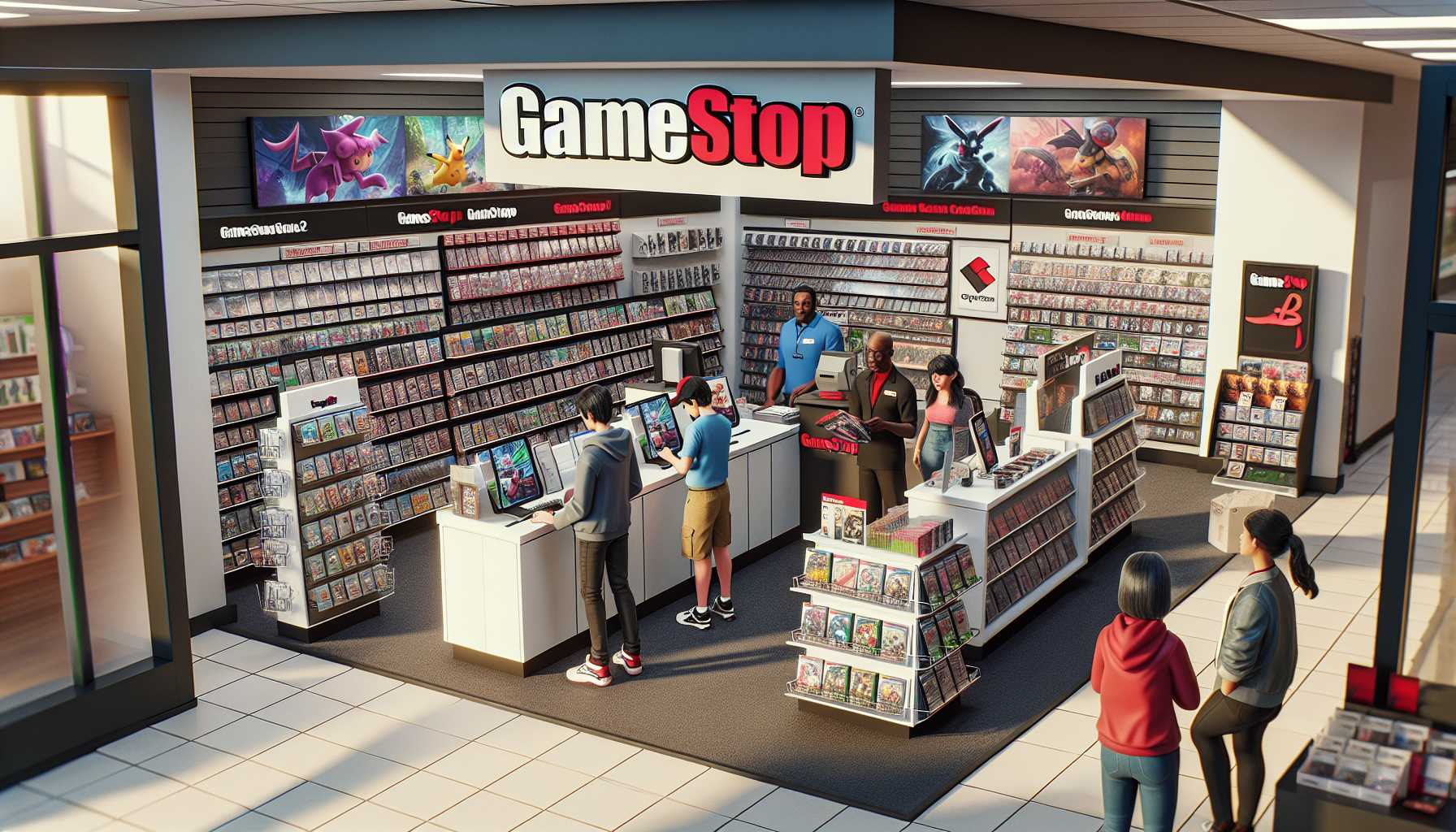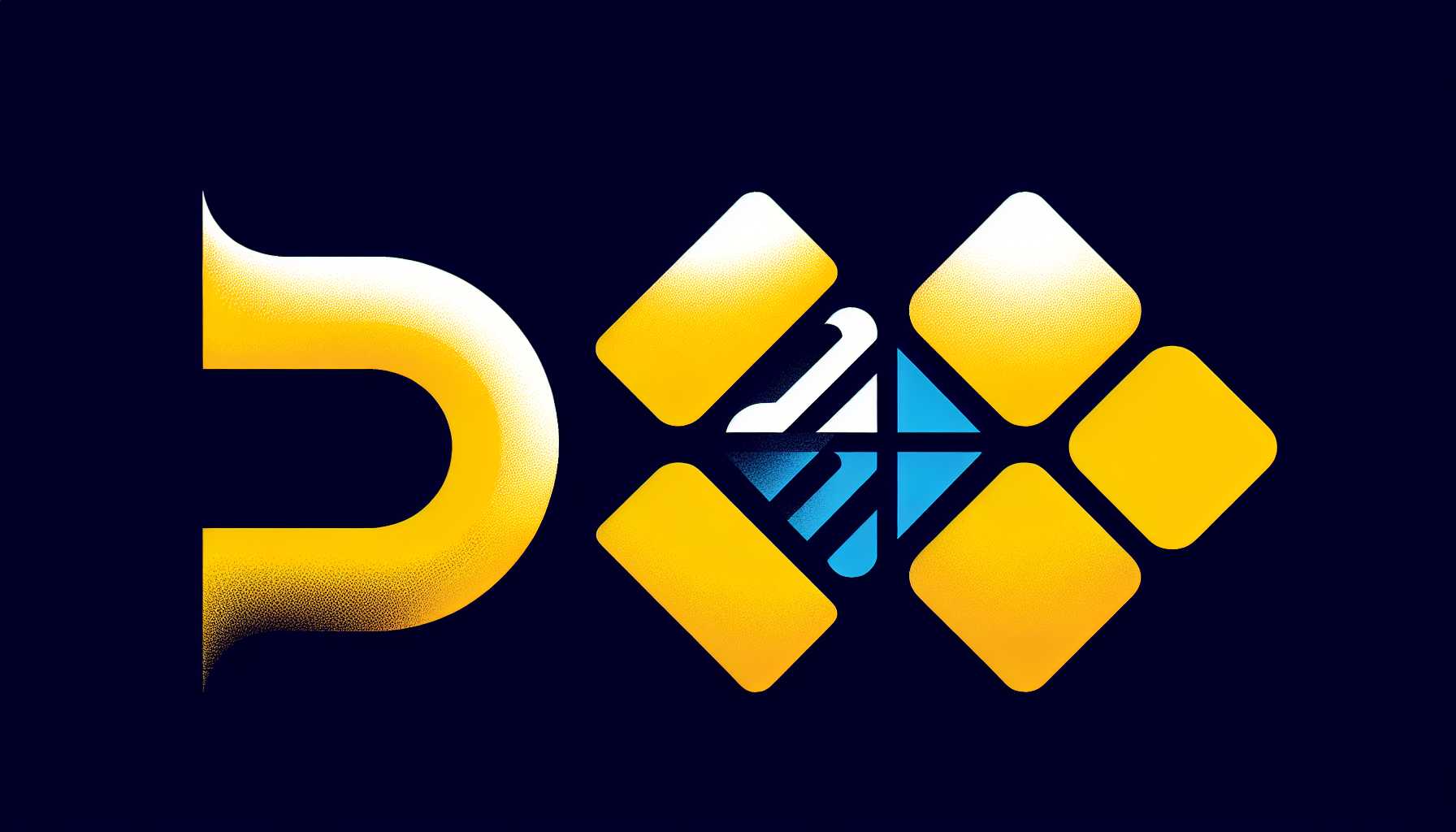GameStop’s Struggles and Microsoft’s Pivot: A Tale of Two Gaming Giants
When you hear the term “gamestop,” it probably conjures images of stores filled with gaming enthusiasts searching for the latest titles and gadgets. However, the iconic retailer’s recent struggles and the surprising moves by tech giant Microsoft reveal more than just corporate strategies—they reflect a rapidly evolving gaming industry. Let’s break down the intricate web of GameStop’s challenges and Microsoft’s pivot in the gaming world.
GameStop’s Dismal First Quarter Results
Historically known as the go-to place for video games and consoles, GameStop’s shine seems to be fading. In its latest earnings report, GameStop disclosed a 29% drop in net sales, falling short of Wall Street’s estimates. The underperformance sent ripples across financial markets with its stock experiencing a 40% plunge.
Amidst cutthroat competition from the likes of Amazon, Microsoft, Walmart, and eBay, GameStop’s traditional retail model feels archaic. While Amazon’s vast logistic network ensures quick deliveries and Sony, another critical competitor, continues to sell games directly to consumers, GameStop’s physical stores are struggling to keep pace. With Amazon’s revenue tripling over the past five years while GameStop’s has halved, the bleak future of the retailer accentuates the dynamics of this ever-changing industry.

Let’s Talk About Competitors
Amazon’s dominance is no secret, but what about the tech titans who straddle the lines of partnership and rivalry? Sony and Microsoft both exemplify this dual role.
Sony, despite lower forecasts for its PlayStation 5 sales, hopes to drive profitability through cost control measures. Likewise, Microsoft—buoyed by its Activision Blizzard acquisition—has bolstered its position in gaming. Microsoft’s upcoming ventures, such as rolling out a new Call of Duty installment via its Xbox Game Pass, show the company’s strategy to tackle its competitors head-on.
With 34 million subscribers, Game Pass is a linchpin in Microsoft’s gaming arsenal, aiming to tip the scales of player engagement in its favor.

The Mid-Cycle Console Refresh: Microsoft’s Strategy
We recently witnessed Microsoft unveiling new Xbox models at the Summer Game Fest 2024. Although these refreshes looked promising on paper, they fell short in several areas. Leaks from the FTC-Microsoft trial had hinted at a more ambitious roadmap codenamed “Fairhaven” which envisioned advanced features, including a highly anticipated new controller dubbed “Sebile.”
Instead, what we got was a reshuffled deal: a 1TB all-digital Series X for $450, and a 2TB special edition with a disc drive for $600. The expected advanced wireless connectivity and the Sebile controller were conspicuously absent. These products seem to be missing the innovative spark necessary to make a significant impact.

The Indie Angle
Yet, when dissecting Microsoft’s strategy, one must consider the indie games that pepper the company’s release schedule. In their eagerness to dominate big-budget releases, Microsoft hasn’t neglected smaller games. Titles like “Everwild” and “The Outer Worlds 2” signify the diverse portfolio under its wing.
It’s clear that Microsoft’s expansive approach includes leveraging these gems to maintain user interest and enrich its Game Pass offerings.

What Lies Ahead?
For Xbox, the hardware announcements may seem underwhelming, but stepping back gives us a different perspective. Microsoft’s acquisition spree, led by its monumental buyout of Activision Blizzard, signifies a broader strategy. By owning a significant slice of game development talent, Microsoft isn’t merely focused on console sales. Instead, it is looking to grow and stabilize its Game Pass ecosystem, navigating through the complexities of an ever-competitive market.
Microsoft also appears to be laying the groundwork for future technological adoption, subtly pushing towards AI and cloud-based enhancements. The upcoming Microsoft Flight Simulator, incorporating Azure AI, could be a foretaste of what lies ahead. The rumors around dedicated AI cores in next-gen consoles point to intriguing possibilities.

Final Thoughts
The gaming landscape is in constant flux, influenced by shifting consumer behaviors and emerging technologies. GameStop’s woes illuminate the peril of clinging too tightly to outdated business models, while Microsoft’s adaptive strategies underscore the importance of diversification. For investors and gaming enthusiasts alike, the coming years will undoubtedly be a riveting watch. Companies that leverage technological innovations and pivot smartly stand to redefine the market. Keep your eyes peeled; the game is far from over.

